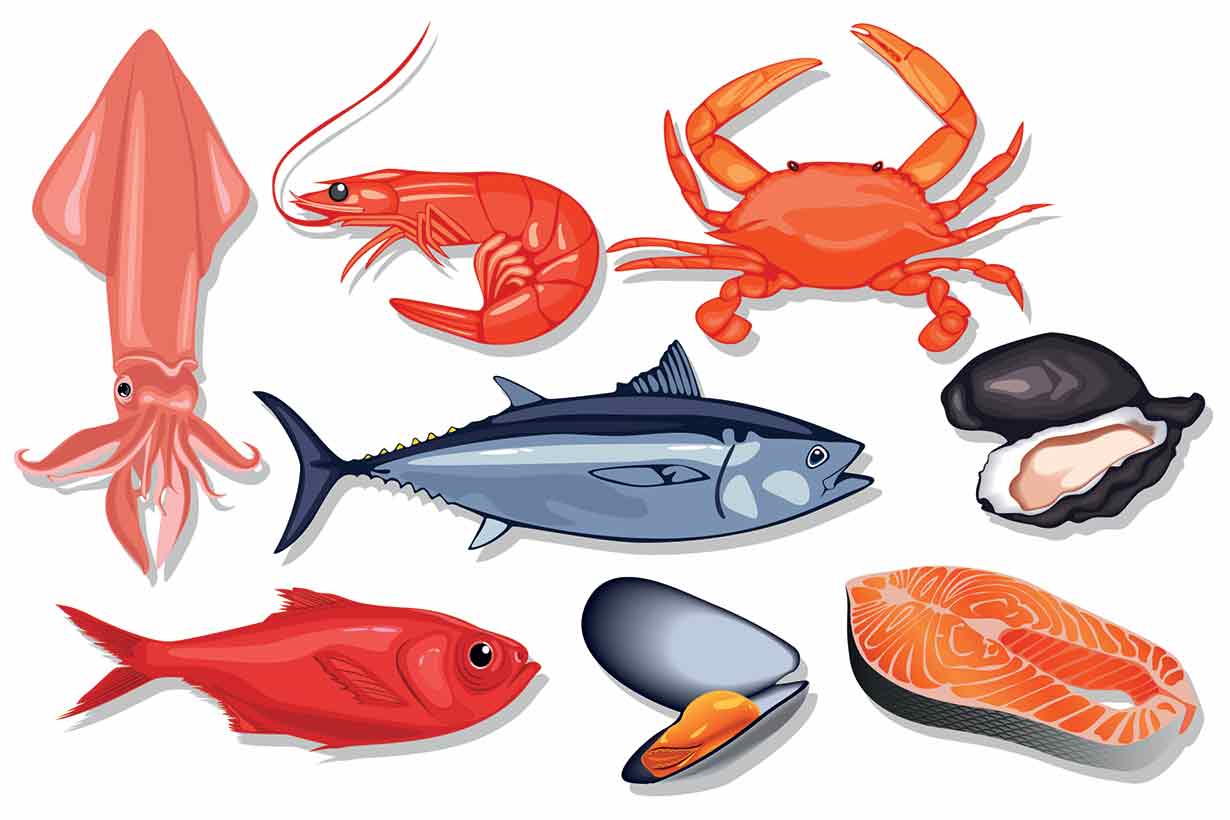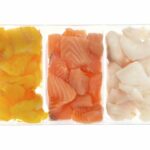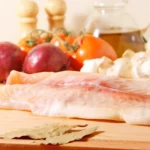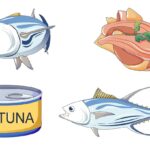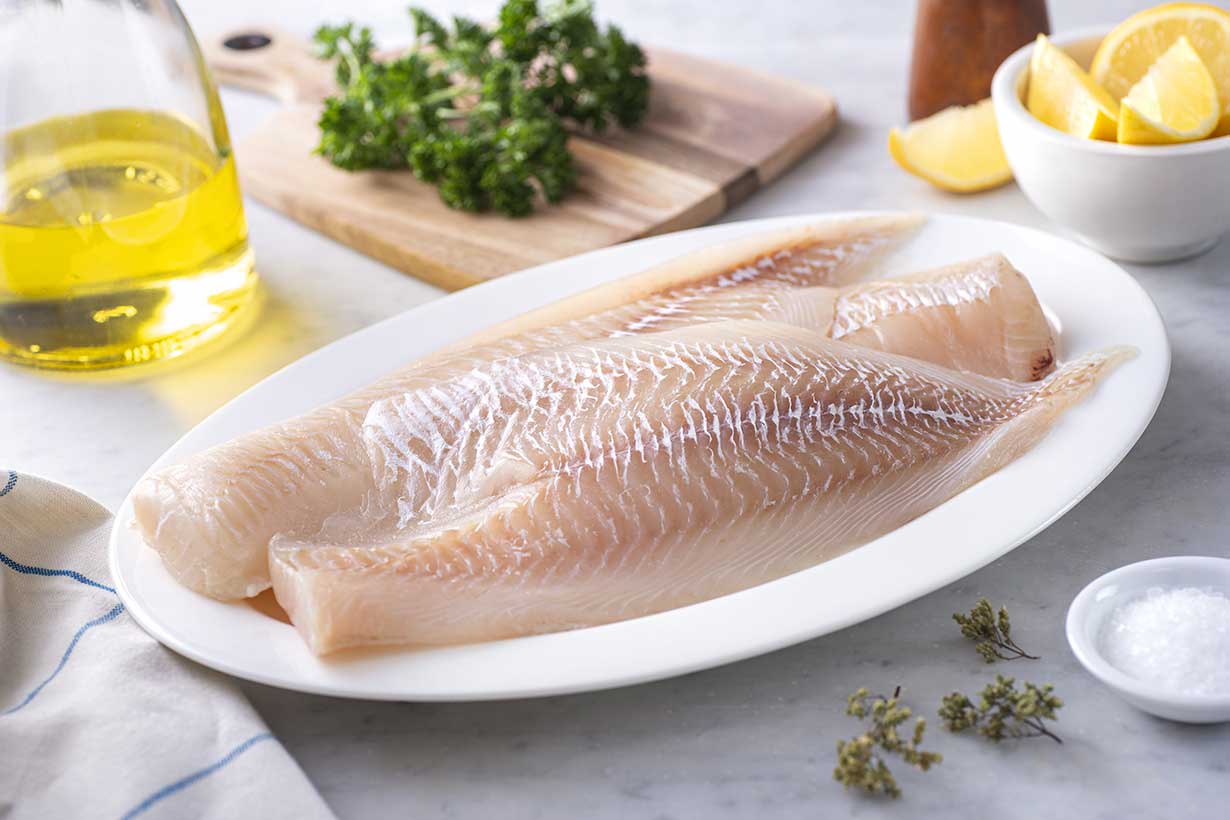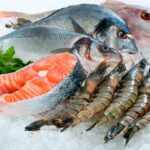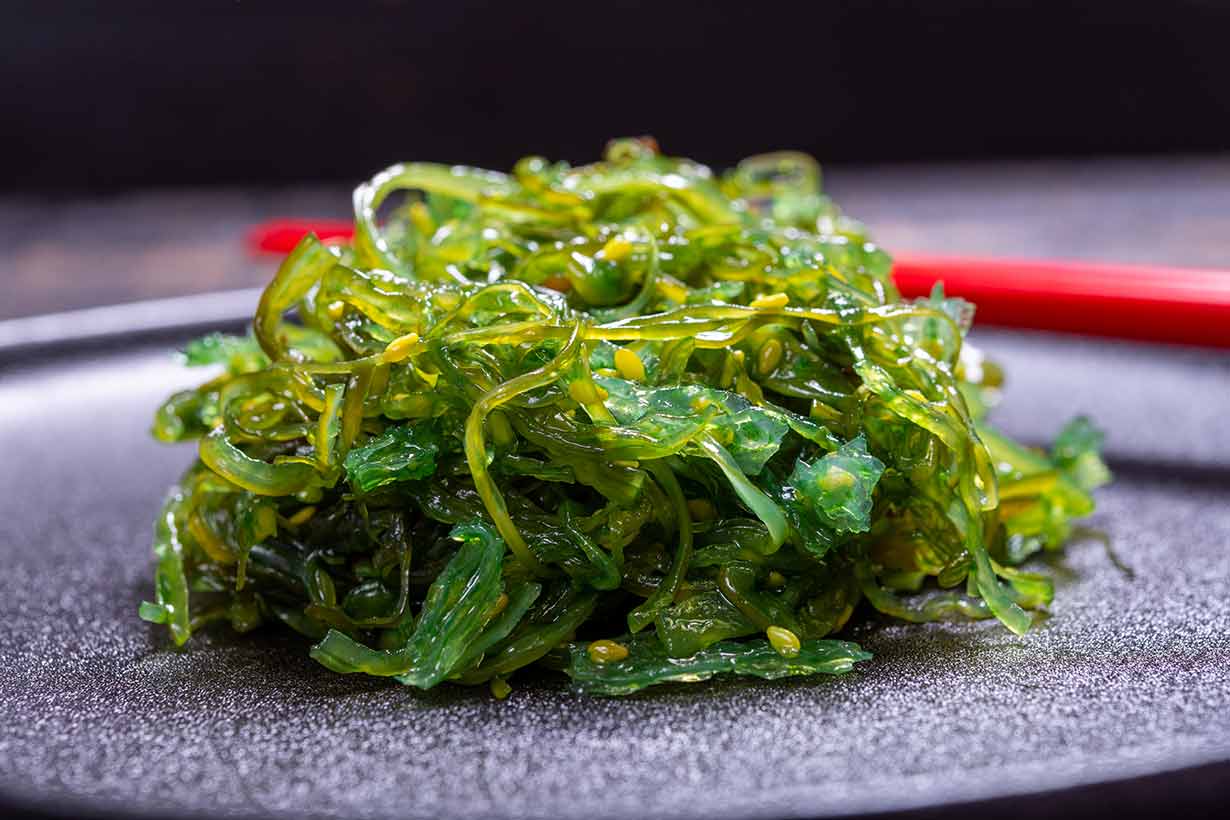Basa is a white fish belonging to the catfish family.
It is cheaper than traditional white fish options, but is it a healthy choice of seafood?
This article examines the nutritional properties of basa and applicable scientific research on the fish.
Table of contents
What Is Basa Fish?
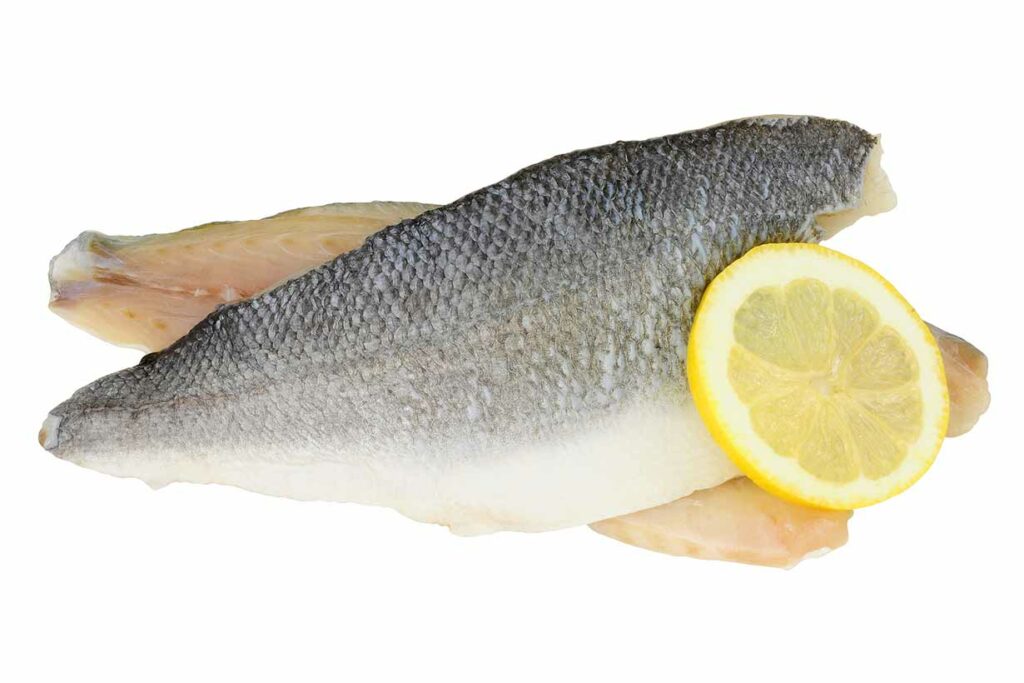
Known scientifically as ‘Pangasius bocourti,’ basa is native to Southeast Asia. Most basa on store shelves is imported from Vietnam, where extensive basa farming operations occur (1).
Depending on the locale, basa fish may also be labeled as bocourti, river cobbler, Pangasius, or panga.
Basa is a white fish with flesh similar in appearance and taste to cod and haddock.
It is sometimes confused with a similar fish from Southeast Asia called swai fish (Pangasius hypophthalmus).
Basa Is a Rich Source of Nutrients
Basa is a lean white fish, and while it is low in calories, it provides a broad range of essential nutrients.
The USDA does not have an entry for the nutritional properties of basa (Pangasius).
However, the United Kingdom’s McCance and Widdowson’s ‘Composition of Foods Integrated Dataset’ (CoFID), a database showing the nutrient content of the UK food supply, lists the full nutritional properties of basa.
Based on CoFID data, here are the full nutritional values for basa fish per 3.5 ounces (100g) serving (2).
All daily values have been calculated using the CoFID data and the FDA’s recommended daily values (3).
| Name | Amount | % Daily Value (DV) |
|---|---|---|
| Calories | 109 kcal | |
| Carbohydrates | 0 g | 0% DV |
| Fiber | 0 g | 0% DV |
| Sugars | 0 g | |
| Fat | 2.30 g | 2.9% DV |
| Saturated | 0.72 g | 3.6% DV |
| Monounsaturated | 0.65 g | |
| Polyunsaturated | 0.25 g | |
| Omega-3 | 0.03 g | |
| Omega-6 | 0.21 g | |
| Protein | 21.80 g | 43.6% DV |
| Cholesterol | 52.50 mg | 17.5% DV |
Vitamins
- Biotin: 166.7% (DV)
- Vitamin B12: 58.3% DV
- Niacin (B3): 46.3% DV
- Pantothenic acid (B5): 15.4% DV
- Vitamin D: 10% DV
- Vitamin B6: 9.4% DV
- Riboflavin (B2): 5.4% DV
- Folate: 3% DV
- Vitamin E: 2.3% DV
- Thiamin (B1): 1.7% DV
- Choline: 0% DV
- Vitamin A, RAE: 0% DV
- Vitamin C: 0% DV
- Vitamin K: 0% DV
Minerals
- Phosphorus: 19.4% DV
- Sodium: 13% DV
- Magnesium: 10% DV
- Potassium: 9.1% DV
- Zinc: 4.5% DV
- Copper: 3.3% DV
- Iodine: 1.3% DV
- Calcium: 1.1% DV
- Iron: 0.7% DV
- Manganese: 0.4% DV
High Protein Content
As a lean white fish, basa provides a good amount of protein for minimal calories.
In other words, it is easy to get high protein content without consuming a large amount of food.
People looking to increase their protein intake without taking in too many extra calories, such as dieters and athletes, may all find this protein-rich quality of basa appealing.
One hundred grams of cooked basa provides 21.8 grams of protein for only 109 calories (2).
The protein density of basa compares favorably to other protein foods such as milk, meat, cheese, and oily fish.
For those looking for high-protein fish, branzino is another protein-rich option and flounder is very protein-dense too.
Heavy Metal Residues
Heavy metal contamination of seafood has been an increasingly publicized problem over the last several decades.
On this note, some types of fish, such as shark, swordfish, and tuna, can contain significant levels of heavy metals, such as methylmercury (3, 4, 5).
Although research is ongoing, some studies have linked excessive methylmercury intake from contaminated seafood to an increased risk of several chronic diseases and all-cause mortality (6, 7).
Thus, focusing on low-mercury seafood options may be prudent if consuming fish regularly.
Unfortunately, there is relatively little in the way of research on basa fish and heavy metal residues.
However, a 2020 analysis published in the Italian Journal of Food safety investigated the presence of heavy metals in various fish. Among these fish, two included samples of Pangasius bocourti (basa).
Based on these samples, basa had relatively low heavy metal levels.
The first sample of basa had a total heavy metal content of 2.37 mg per kilogram, and the second sample had 1.06 mg per kilogram. Mercury content was low, and all heavy metal concentrations were within the permissible limits defined by the FAO and WHO (8).
Basa Is More Affordable Than Cod and Haddock
Compared to other white fish options like cod and haddock, basa has a more economical price.
While prices vary from place to place, basa typically runs about 25% cheaper than cod.
As these three fish are all very similar nutritionally, some people may understandably find the added affordability of basa appealing.
Is Basa a Sustainable Fish?
Although it isn’t a strictly nutritional consideration, many people think about sustainability when buying seafood.
Is basa fish a sustainable option?
Marine Conservation Society
According to the Marine Conservation Society, some sources of basa are more sustainable than others.
The organization states that the “best choice” of basa should have certification from either:
- GlobalG.A.P.
- Aquaculture Stewardship Council (ASC)
- Global Seafood Alliance Best Aquaculture Practices (GAA BAP)
Seafood Watch
Monterey Bay Aquarium Seafood Watch tests a significant proportion of worldwide seafood and aims to assess 75% of global seafood production by 2030 (9).
Seafood Watch has published a 36-page report on farmed basa fish (10).
As part of this report, Seafood Watch assessed the production of basa fish against eight key criteria:
- Data quality and availability
- Effluents/evidence of waste contamination
- Habitat
- Evidence of risk of chemical use
- Feed quality
- Escapes from farm
- Disease, and pathogen and parasite interactions
- The source of the fish
Based on these criteria, basa was awarded a yellow “good alternative” seafood source recommendation.
The best Seafood Watch rating is green for “best choice,” and the worst is red for “avoid” (11).
The whole report is available here for further reading.
How To Use Basa Fish
There are no unique considerations regarding the culinary use of basa fish.
In other words, basa is a like-for-like alternative to fish like cod and haddock in recipes.
However, for those looking for some ideas, here are some different ways to use basa:
- Pan-fry and serve with sauteed vegetables of choice
- Make a fish chowder soup
- Coat the basa in batter or breadcrumbs for a traditional ‘fish and chips’
- Use it in a fish pie like this one
- Cook the basa, cut it into pieces and then add it to sandwiches, tacos, pasta dishes, rice dishes, or stir-fries
- Bake the basa in an oven dish with a small amount of butter or oil, lemon juice, garlic, salt, and pepper
- Marinate the basa in a sauce of choice (such as soy sauce or hot sauce) and then grill it
Final Thoughts
All in all, basa is a nutritious, affordable, and versatile white fish.
Nutritionally, the fish is low in calories, an excellent source of protein, and contains an impressive range of vitamins and minerals.
While it may not be as popular as cod and haddock, basa offers a somewhat similar experience for a lower price.

